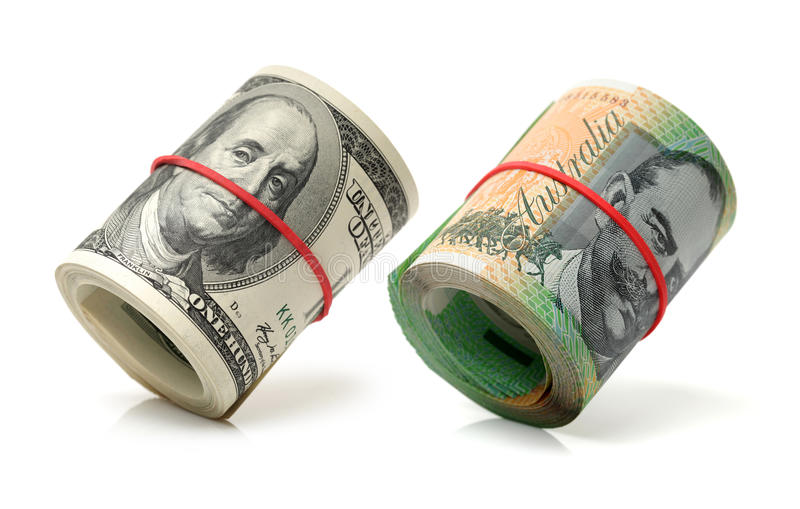Australian dollar fell in response to a lower S&P/ASX 200.
The Australian Dollar (AUD) ends its winning streak that began on February 14. This decrease is affected by the S&P/ASX 200’s downward trend on Monday. Which could be attributed to escalating tensions between China and Taiwan. However, the Australian money market opened highe. Reflecting the optimism. That pushed Wall Street to a record high on Friday. These market fluctuations coincide with Nvidia’s excellent profits. Which fueled a spike driven by strong demand for AI-related products.
Australian dollar is predicted to stay weak ahead of the monthly Consumer Price Index and retail sales.
The Australian dollar is expected to stay weak as investors await significant economic releases. Such as the Australian Monthly Consumer Price Index on Wednesday and Retail Sales data. On Thursday, for potential market moving events. However, recent statistics indicating a revival in private sector activity in February. Fueled mostly by robust growth in the services sector, has provided some upward support for the AUD.
US dollar could struggle as US Treasury yields continue to fall.
The US Dollar Index (DXY) remains stable after recent increases over the last two days. The US Dollar (USD) was supported by strong employment and mixed Purchasing Managers Index (PMI) data from the United States (US). Increasing the case for the Federal Reserve (Fed) to maintain high interest rates in order to combat inflationary pressures. Market investors are expected to pay particular attention to major economic statistics. Such as Gross Domestic Product Annualized (Q4), Core Personal Consumption Expenditures, and ISM Manufacturing PMI later this week, as well as the Fed Monetary Policy Report.
Daily Market Movers: Australian Dollar Declines on Lower Money Market.
The Australian Dollar (AUD) ends its winning streak.
The Judo Bank Australia Composite PMI rose to 51.8 in February from 49 the previous month, showing the first month of expansion in the Australian private sector following a five-month contraction.
Judo Bank Australia Services PMI increased to 52.8 from 49.1. Manufacturing PMI dropped to 47.7 from 50.1. Previously, there had been a large reduction in new orders.
TD Securities economists have updated their expectations for the Reserve Bank of Australia’s (RBA) cash rate decisions. While they still forecast 100 basis points (bps) of rate decreases over the easing cycle, they now expect the first 25 bps cut to occur in November, rather than August as previously projected.
According to the RBA Meeting Minutes, the Board considered hiking interest rates by 25 basis points (bps) or keeping them unchanged. While recent data suggested that inflation will return to target in a fair timeframe, it was acknowledged that this would “take some time.” As a result, the board decided that it was appropriate not to rule out another rate. hike.
China’s Fujian Coast Guard has increased patrols in waters near Taiwan’s Kinmen islands.
On Monday, China’s Commerce Ministry declared, “The US’s assertion that China has generated ‘overcapacity’ is inaccurate, highlighting the unilateral and hegemonic actions of the US.”
Chinese authorities declared that the Fujian Coast Guard is strengthening patrols in waters near Taiwan’s Kinmen islands “to effectively maintain operational order in the relevant maritime areas and ensure the safety of fishermen’s lives and property.”
The Fed is anticipated to keep interest rates high following strong economic data from the United States.
Commerzbank economists have revised their projection, predicting the first interest rate drop at the Federal Open Market Committee’s (FOMC) meeting in June rather than May. This adjustment is attributable to a lower risk of a recession. As a result, they predict a less aggressive monetary policy easing than previously expected. Instead of eight rate decreases, they now expect five. Three are expected in 2024, followed by two in 2025.
In an interview with Axios, President of the New York Fed John C. Williams shared his views on the Fed’s interest rate stance. He hinted that rate cuts might be on the way later this year, but cautioned that they would only happen if judged necessary. Williams remarked that his economic prognosis has remained basically unaltered since the release of January’s economic data.
Federal Reserve Governor Christopher J. Waller has proposed that the Fed postpone any rate decreases for at least a few months to determine whether January’s strong inflation report was an outlier.
S&P Global US Services PMI reported a score of 51.3 in February, compared to the predicted 52.0 and52.5 before.
S&P Global US Manufacturing PMI rose to 51.5, beating previous estimates of 50.5 and 50.7.
The S&P Global US Composite PMI fell to 51.4 in February from 52.0 the month before.
US Initial Jobless Claims decreased to 201K for the week ending February 16, compared to the market expectation of 218K and the previous number of 213K









